If you’ve ever dreamt of walking into a store and seeing a clothing rack with your own brand name on the tags, you’re not alone. Many aspiring creators and designers are exploring how to start a clothing business for beginners, but figuring out all the steps can feel like an uphill climb. The good news? It doesn’t have to be complicated if you break it down into manageable chunks. In this guide, we’ll tackle everything from finding your niche to registering your business, so you can confidently start a fashion line that resonates with your target audience. Whether you’re planning a small business on the side or envisioning a massive global brand, understanding the fundamentals of entrepreneurship in the fashion world is your first big step.
Starting a clothing business is more than just about picking eye-catching designs. It involves market research, sourcing materials, mapping out a clothing business plan, and establishing an online presence—all while juggling finances and creativity. With so many moving parts, it’s easy to feel overwhelmed. But stick with me, and you’ll see that each stage becomes much clearer with the right approach. Plus, if you ever get stuck, there’s a whole community of business owners, mentors, and resources out there willing to help you succeed.
Below, we’ll cover the critical elements for how to start a clothing business from scratch, including essential strategies for marketing, pricing, and scaling up. By the end, you’ll have a roadmap that can guide you, no matter what your style or budget might be. Ready? Let’s dive in.
Understanding the Clothing Market
The fashion industry is dynamic, fast-paced, and heavily influenced by consumer demand, pop culture, and the latest runway trends. Before jumping in, it’s essential to understand the ground you’re standing on.
Identifying Potential Gaps
If you’re wondering how to start a clothing business for beginners, spotting potential gaps in the market is a great place to start. These gaps could be unserved sizes, new fabric technologies, or unique cultural influences. When you find that sweet spot, you’re far more likely to stand out.
One helpful method to identify gaps is to observe what people are already wearing but can’t find in stores. Maybe you live in a hot climate and see a lack of breathable everyday wear. Or perhaps you notice your local community has specific cultural attire needs not being met by mainstream brands. By plugging into these unmet demands, you’ll develop products people actually want to buy.
Additionally, keep tabs on popular clothing lines and watch for what they do well and where they might be missing the mark. Follow fashion blogs, browse Instagram, and talk to friends about their favorite and least-favorite brands. This research can spark ideas for new products and set you on a path to entrepreneurship that stands out from the crowd.
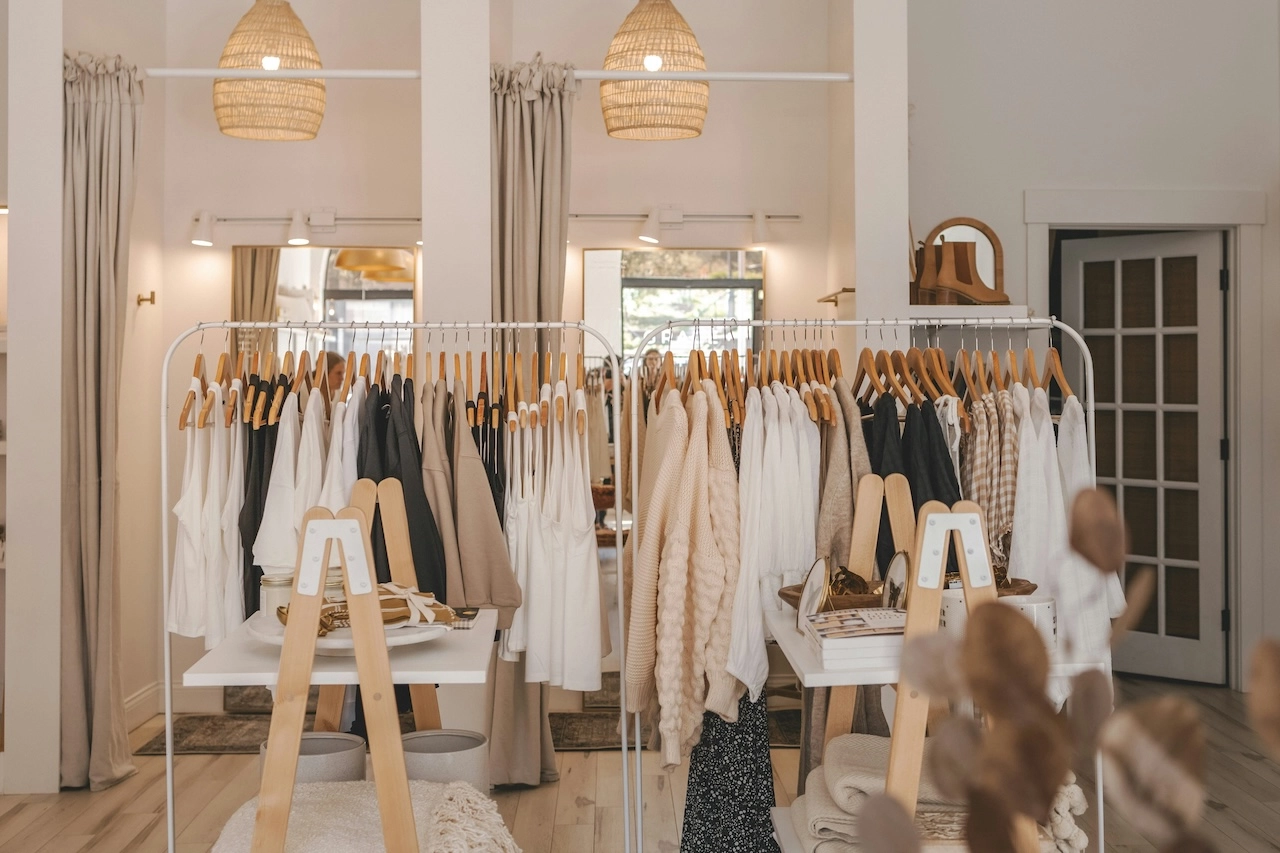
Developing Your Clothing Business Plan
Any successful venture—especially in fashion—begins with a solid clothing business plan. Think of it as the blueprint that lays out everything from your startup costs to how you’ll distribute your products.
Defining Your Niche
When you start a fashion line, it’s tempting to go broad and cater to everyone, but that strategy often backfires. A niche gives your brand a specific identity. Maybe you’re into eco-friendly streetwear, or you have a passion for boho-chic festival attire. Whatever you choose, let your personal style and market gaps guide you.
A well-defined niche not only helps you stand out from larger competitors, but it also fosters a loyal customer base. People love to support brands that genuinely understand their tastes and needs. Being a small business, your authenticity can shine through, giving you a unique selling proposition over massive brands.
If you’re unsure about your niche, don’t worry. Start with what you love or a cause you support. Are you big on sustainability or inclusive sizing? Start weaving those values into your collection. In time, your niche can evolve as your business grows, but it’s crucial to plant that initial flag in the ground.
Financial Forecasting
One of the more intimidating parts of how to start a clothing business is figuring out the money aspect. The first step is estimating your startup costs. This could include design software, initial materials, website fees, and brand photography. Then consider how much you’ll spend monthly on website maintenance, marketing, and any staff or freelancers you might hire.
Financial forecasting allows you to spot if you’re overspending and to plan for a realistic timeline for profitability. If you’re aiming for quick returns, you might choose a leaner model or produce smaller batches. If you have the luxury of more capital, you can invest in larger production runs or in specialized marketing efforts.
Cash flow is king for small businesses. Keep track of your day-to-day expenses, and watch out for hidden costs like shipping, returns, and transaction fees. Accurate forecasting is how you ensure you aren’t burning money faster than you can earn it, positioning you for sustainable growth down the line.
Funding Your Clothing Business
Money makes the business world go round, and this is doubly true when you’re working with tangible products like clothing.
Bootstrapping and Personal Savings
Many aspiring entrepreneurs start with personal savings or contributions from friends and family. This approach, often called “bootstrapping,” gives you full control over your brand without investor pressure. If you have the funds and a well-researched plan, bootstrapping can be an effective route.
If your savings are limited, consider starting small. Focus on a limited product line or seasonal capsule collections to keep costs manageable. By keeping things lean, you’ll have a better chance of turning a profit early, which you can then reinvest into business growth. Plus, you’ll make fewer big mistakes in the early stages if you stay conservative with your spending.
However, self-funding isn’t always a cakewalk. You’ll need to juggle personal finances with business expenditures, which can be stressful if you’re also handling living expenses. That’s why a solid plan is crucial—once you see returns, you can reinvest in scaling up.
Loans and Investments
Not everyone can fund a business entirely from their own pocket. In that case, loans or investments might be the way to go. Small business loans from banks, crowdfunding, or even working with angel investors can give you the financial push you need.
If you’re looking at a bank loan, be prepared with a thorough business proposal. They’ll want to see market research, projected sales, and a solid revenue plan. Remember that taking on a loan also means paying interest, so factor that into your overall cost structure.
Alternatively, pitching to investors—whether they’re angel investors or venture capitalists—can free you from monthly repayment schedules. Instead, you’ll likely give up a portion of your company’s equity. If you choose this path, be ready to communicate the value proposition of your clothing brand clearly. Show potential investors the unique angle you offer, whether it’s targeting a new demographic or using innovative materials.
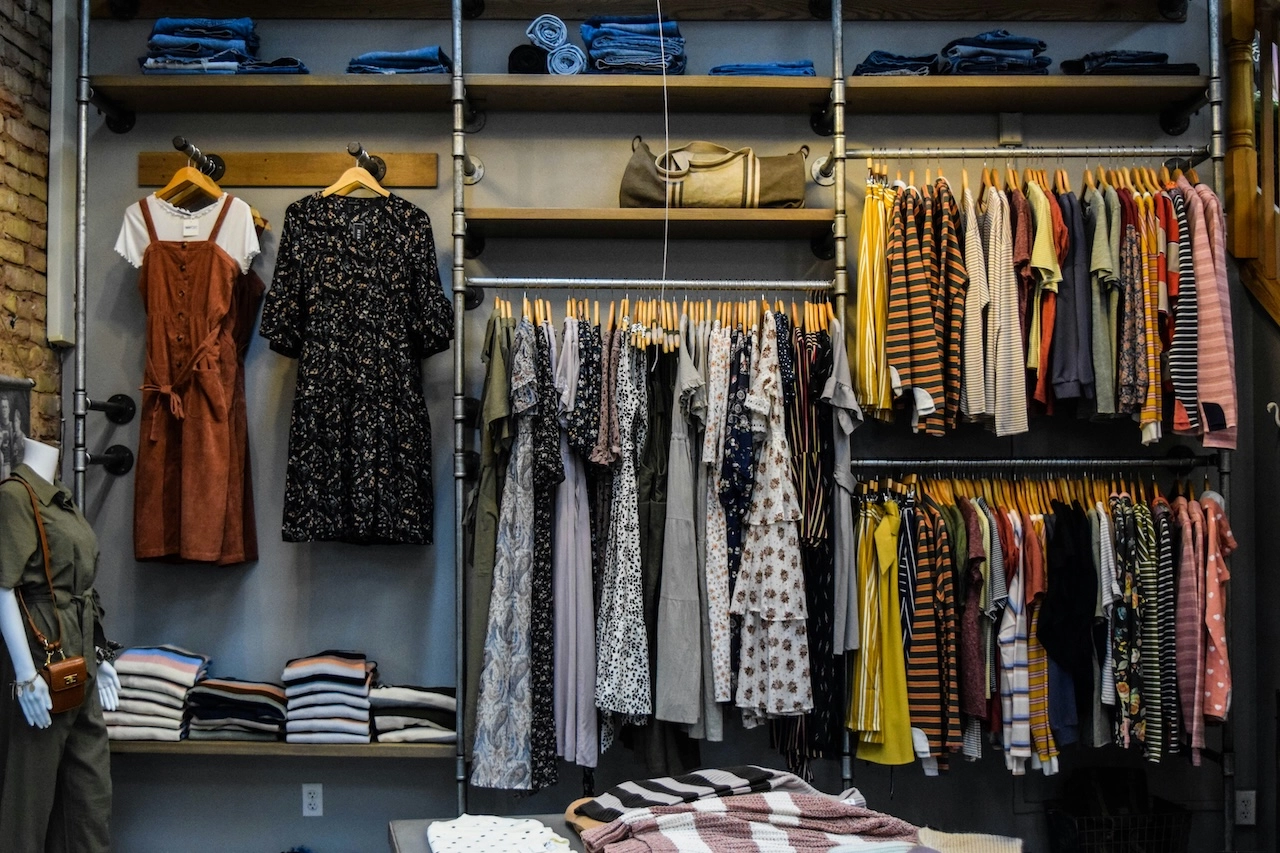
Brand Identity and Positioning
Building a clothing brand is about more than just designing cool outfits. It’s about weaving together values, aesthetics, and a clear message that resonates with your audience.
Crafting a Unique Brand Story
The best fashion brands have stories that catch our attention. It might be a founder’s personal journey, a commitment to sustainability, or a local cultural inspiration. This story forms the core of your brand identity, setting you apart from countless other labels out there.
To share your story effectively, think about the experiences and motivations that got you excited about how to start a clothing business from scratch. Maybe you grew up in a family of tailors, or you saw a massive need for inclusive sizing while working in retail. Weave those elements into your brand materials. Customers often want more than just a product; they want a brand they can root for.
Use your brand story in your social media captions, your website’s About page, and even on product tags. Authenticity connects deeply with customers, making them feel like they’re part of your journey rather than just another sale.
Designing a Memorable Logo
A logo is often the first thing people notice about a brand, so it needs to be memorable and reflective of your style. Minimalism is a current trend, but don’t be afraid to get creative if your niche calls for it. If you’re not a designer yourself, hiring a freelance graphic artist might be worth the investment. After all, your logo will be plastered everywhere—your website, packaging, social media profiles, and even garment tags.
The goal of a great logo is immediate recognition. Keep it clean, professional, and visually consistent with the rest of your brand. If your brand vibe is edgy and modern, choose geometric shapes and bold fonts. If it’s more whimsical, experiment with handwritten fonts and softer lines. Whatever you decide, make sure it’s scalable and that it conveys your brand personality at a glance.
Sourcing Materials and Manufacturers
Your clothing quality depends heavily on who you work with for fabrics and manufacturing. Getting this step right can make or break your brand’s reputation.
Choosing Quality Fabrics
Ever bought a T-shirt that faded after a few washes or a pair of leggings that stretched out way too fast? Low-quality fabrics can cost you your brand’s credibility. Do your homework on materials—cotton, polyester blends, bamboo, or organic fibers—all have different properties and price points.
Consider the preferences of your target audience. An activewear line might require moisture-wicking fabrics, while a high-end boutique brand might rely on luxurious silk blends. Research local fabric suppliers, attend trade shows, or even import from overseas if that’s more cost-effective. But remember, you need to maintain consistency in the feel, color, and quality of your garments.
Additionally, don’t forget the sustainability angle if that’s part of your brand story. Eco-conscious materials like organic cotton or recycled polyester are growing in popularity. Just be prepared to factor in higher material costs, and communicate this value to your customers so they understand why your garments might be pricier than fast-fashion alternatives.
Finding Reliable Suppliers
Whether you produce locally or overseas, trustworthy suppliers are worth their weight in gold. Unreliable manufacturers can lead to missed deadlines, inconsistent quality, and a whole lot of stress for you. Always vet your potential partners thoroughly—ask for references, samples, and clear timelines.
One way to find suppliers is by joining online forums or communities focused on apparel manufacturing. LinkedIn groups, for example, can help you connect with professionals who’ve already navigated the supplier search. You can also attend industry expos to meet manufacturers face-to-face. This personal connection can help you gauge their reliability and communication style.
Finally, negotiate clear contracts that outline quality standards, timelines, and payment terms. A transparent relationship from the start helps avoid misunderstandings and builds the trust you need for a long-term partnership.
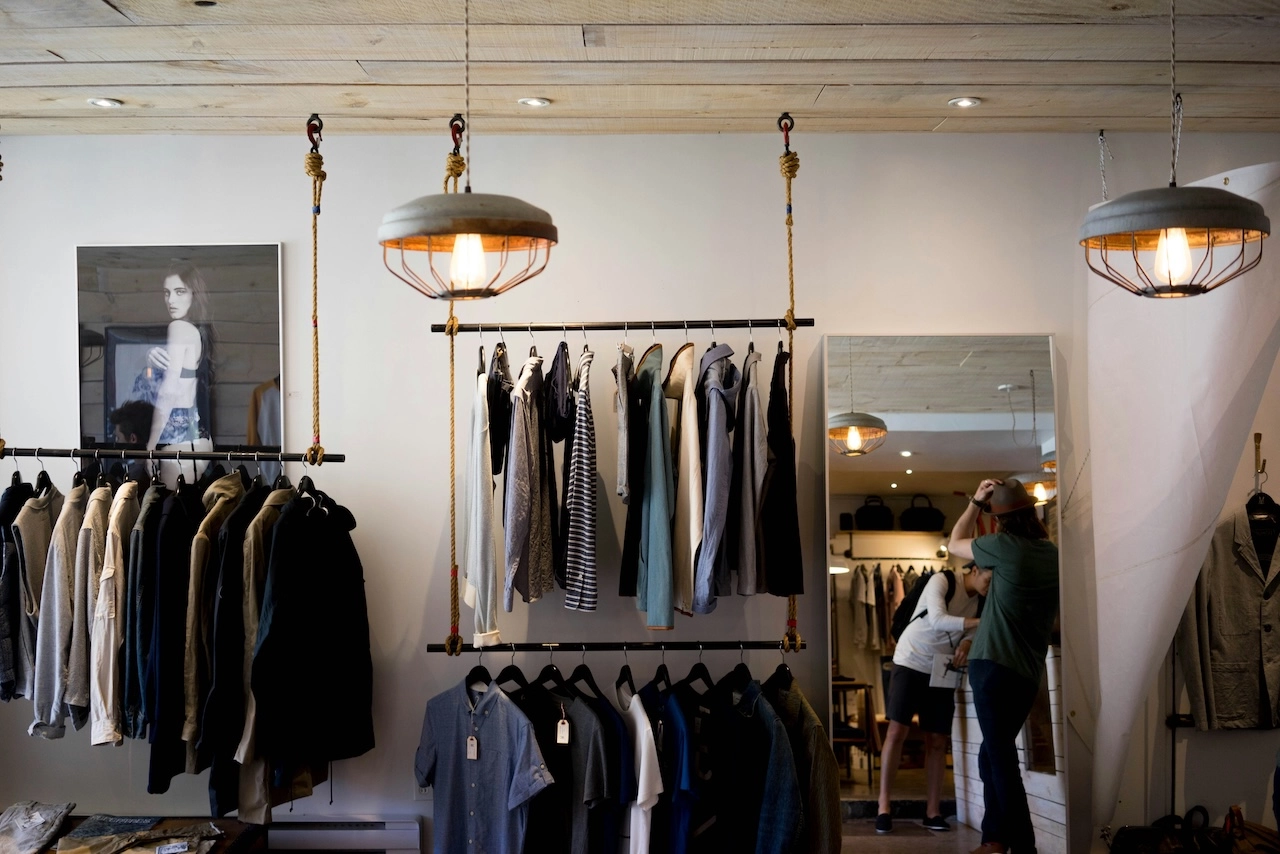
Setting Up Your Production Process
Once you’ve sourced fabrics and have a manufacturer lined up, it’s time to put it all together. This stage is where your designs transform from sketches to wearable clothes.
In-House vs. Outsourced Production
Deciding between in-house and outsourced production depends on your brand’s scale and budget. In-house production gives you more control, as you can oversee every detail—from stitching to packaging—but it often requires a bigger initial investment in machinery and staffing.
Outsourcing might be more budget-friendly, especially if you find specialized factories that produce high-quality garments for numerous brands. You’ll have less day-to-day control, but the professionals at these facilities usually have years of expertise. When weighing options, consider lead times, shipping costs (if overseas), and minimum order quantities.
Whichever route you take, make sure you establish solid communication channels. Miscommunication can lead to errors, wasted materials, and extra expenses. A streamlined process with clear guidelines helps ensure every piece meets your brand’s standards.
Product Testing and Quality Assurance
Before you send garments to customers, thorough product testing is a must. Check for fabric durability, colorfastness, and stitching consistency. Ensure sizing matches what you’ve advertised, especially if you’re offering an inclusive range.
Quality assurance can involve testing a few items from each batch or employing a dedicated inspector. If you’re hands-on, personally test your samples by washing them multiple times or wearing them to see how they hold up. This approach gives you firsthand insight into the end-user experience.
Don’t forget that returns and refunds can eat into profits, especially for a small business. By investing in robust testing now, you reduce the likelihood of product complaints, negative reviews, and additional shipping costs down the road.
Pricing Your Clothing Products
Your pricing strategy can attract or repel customers. Striking the right balance ensures you’re covering costs while staying competitive.
Cost-Based Pricing
Cost-based pricing starts with calculating your total expenses—fabric, manufacturing, shipping, marketing, and overhead. Then you add a markup to ensure profitability. This approach is straightforward and ensures you’re not losing money on sales.
However, if your costs are high, you might end up with an expensive product that’s hard to sell. In such cases, you’ll need to either reduce your expenses or consider a smaller profit margin. Cost-based pricing gives you a baseline for what’s feasible, which can inform further refinements to your product lineup.
Value-Based Pricing
Value-based pricing centers on what your customers are willing to pay, rather than just covering costs. If you’ve built a strong brand identity and a unique product, you may be able to charge a premium. People often pay more for distinctive, high-quality apparel that aligns with their personal values or style.
To implement value-based pricing effectively, you’ll need a deep understanding of your target audience. Conduct surveys, read reviews of similar brands, and observe social media conversations about what people consider a fair price. If your brand is perceived as luxury or eco-friendly, that higher perceived value can justify a higher price point.
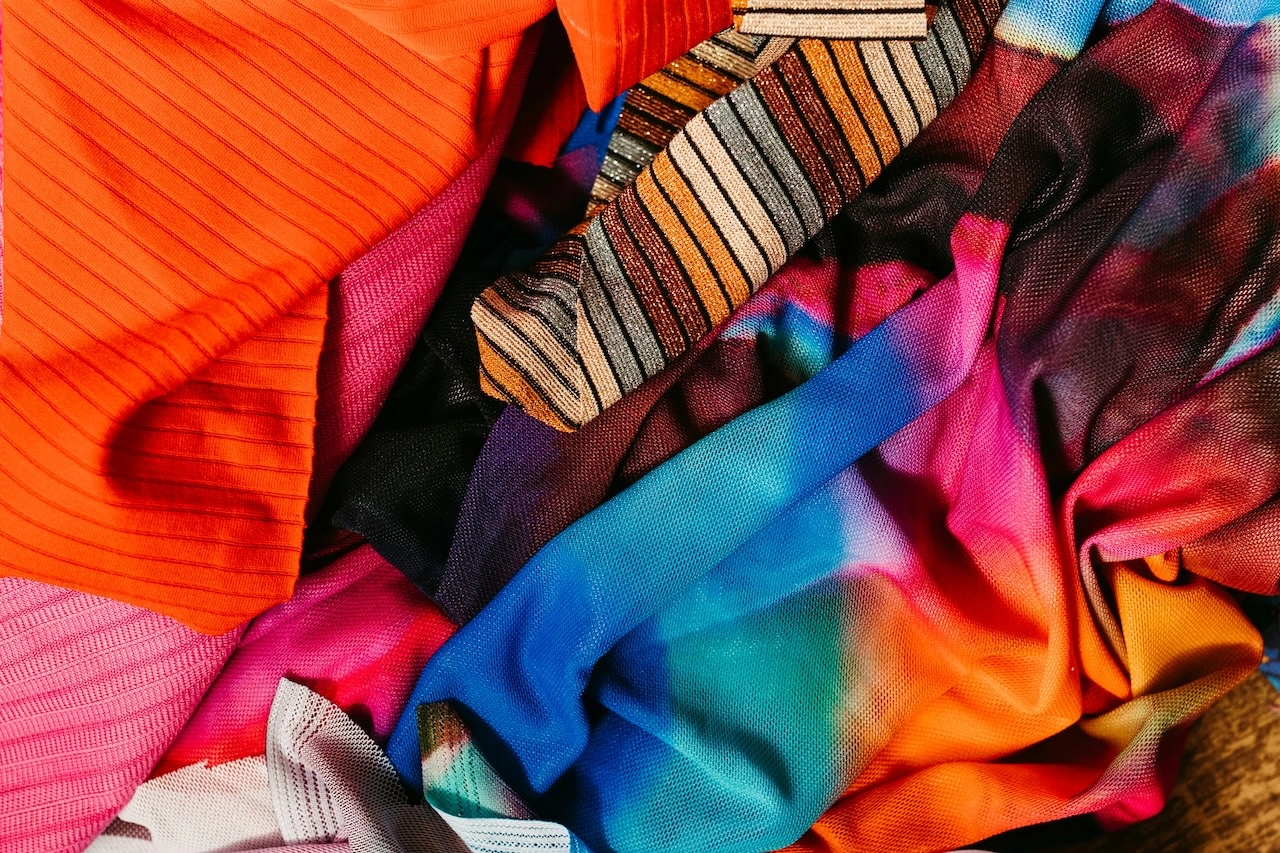
Marketing Your Clothing Line
No matter how fantastic your clothes are, they won’t sell themselves. A targeted marketing strategy helps you reach the right people at the right time.
Social Media Strategies
Platforms like Instagram, TikTok, and Pinterest can be goldmines for clothing brands. High-quality images and videos are your best friends—showcase how your pieces look in different settings, and let your brand personality shine through witty captions or behind-the-scenes reels.
Engage with your followers by asking questions, hosting polls, or offering sneak peeks of upcoming collections. If you have a smaller following, don’t stress. Focus on quality engagement rather than just chasing numbers. Building strong relationships with your early adopters can translate into loyal customers who spread the word about your brand.
One more tip: tap into user-generated content. Encourage customers to share photos of themselves wearing your designs. Reposting their content (with permission, of course) not only fills your feed with authentic images but also makes your customers feel valued.
Collaborations and Partnerships
Influencer marketing still packs a punch, especially in fashion. Collaborate with bloggers, micro-influencers, or local celebrities whose aesthetics align with yours. You can offer them free products to feature on their social channels or create exclusive discount codes for their followers. This approach can open you up to new audiences without the cost of traditional advertising.
Partnerships with complementary businesses also work wonders. Team up with a local boutique to host a pop-up event, or collaborate with a non-fashion brand that shares a similar target market. These partnerships can offer fresh visibility and new streams of income. Just make sure it’s a good fit—you want your partner’s audience to overlap with yours in a meaningful way.
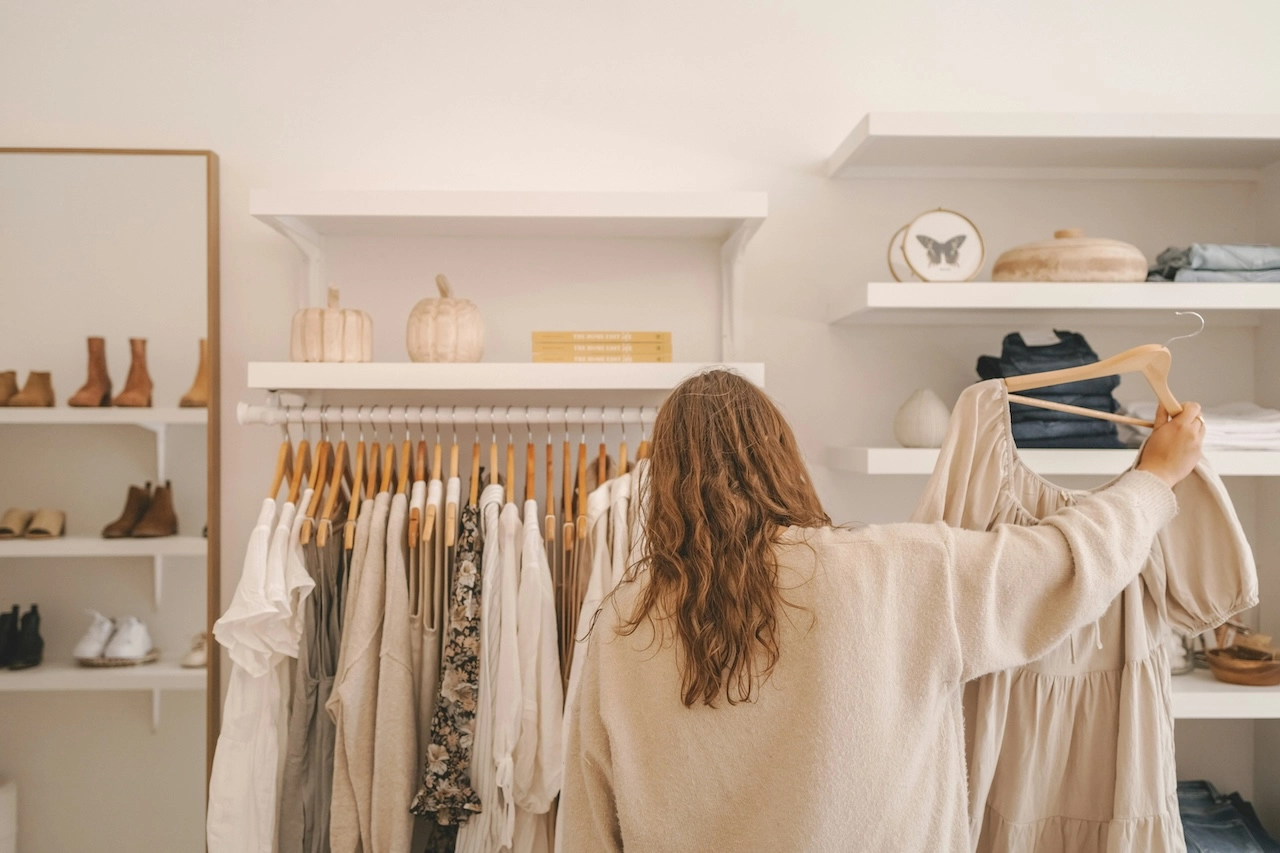
Conclusion and Next Steps
By now, you should have a comprehensive understanding of how to start a clothing business from scratch. You’ve seen the necessity of market research, the power of a strong brand identity, and the benefits of a strategic marketing plan. Each step ties into the next, creating a chain of processes that keeps your business running smoothly.
Actionable Tips and Takeaways
Test Before You Invest: Launch small runs to gauge demand and refine your production process.
Stay Flexible: The clothing industry changes rapidly, so be open to revising your designs, sourcing, and marketing tactics.
Prioritize Customer Experience: From the fit of your garments to your returns policy, ensure every customer touchpoint is seamless and enjoyable.
Remember, building a thriving fashion brand doesn’t happen overnight. It’s a journey filled with trial and error. But if you stay true to your brand vision and learn from your setbacks, you’ll stand out in an increasingly crowded marketplace
FAQs
Q1: How much money do I need to start a clothing business?
A1: The amount varies widely based on factors like production scale, fabric choice, and marketing expenses. Some small businesses get started with just a few thousand dollars by doing small-batch production or even printing on-demand. Others invest tens of thousands of dollars right away if they’re setting up a full collection. Begin with a realistic budget that covers materials, manufacturing, shipping, and any advertising you’ll do, then grow as profits allow.
Q2: Should I hire a designer, or can I do everything myself?
A2: It depends on your skill set and the complexity of your designs. If you’re confident in your own abilities and have the time, you can certainly design your own pieces. However, a professional designer can bring expertise in pattern-making, color theory, and trend forecasting. If the budget allows, hiring a freelance designer or partnering with one might be a smart move for a polished final product.
Q3: How quickly can I expect to turn a profit?
A3: Profit timelines vary. Some brands start seeing positive cash flow within a few months, while others take a year or more. Factors include how much you invest upfront, how quickly your products sell, and whether you run a lean operation. Careful financial planning and regular performance reviews can speed up the process.
Q4: Is it necessary to sell online, or can I just sell locally?
A4: While local sales can be a good starting point, an online presence dramatically increases your reach. Platforms like Shopify and social media channels allow you to reach customers well beyond your immediate community. Even if you start with local pop-ups or consignment in boutiques, having an e-commerce site can drive significant extra revenue and brand awareness.
Q5: How do I handle sizing inclusivity when starting out?
A5: Inclusivity is becoming increasingly important in the fashion world. While offering a wide range of sizes might be challenging initially, you can start by ensuring your core sizes truly fit the demographics you aim to serve. Gather feedback, refine your size chart, and expand when possible. Communicating openly about your sizing can help you build trust and loyalty among diverse customers.
